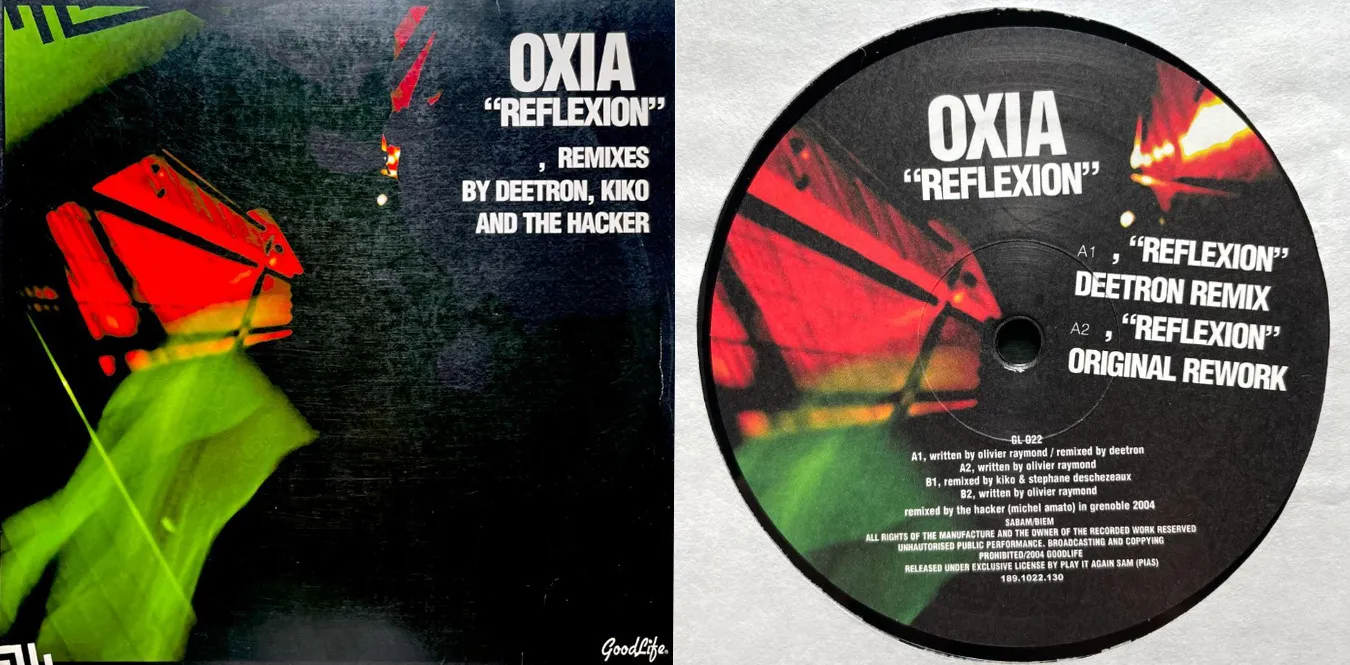[Column] From the origins of techno to the present - A chronological history traced through famous records and equipment
Column en Detroit Techno Minimal Techno![[Column] From the origins of techno to the present - A chronological history traced through famous records and equipment](/../assets/images/column-techno-history.webp)
From the origins of techno to the present - A chronological history traced through famous records and equipment
Text: mmr|Theme: Historical background of techno by decade, representative masterpieces, and changes in equipment
The history of techno was born and evolved from the relationship between “cities” and “machines.” Below, we will summarize the historical background, representative masterpieces, and changes in equipment by decade.
1970s: Fetal movement - electronic music and disco laid the groundwork
Background of the times
- Synthesizers become smaller and mass produced
- Maturation of disco culture
Masterpiece
- Kraftwerk – Trans-Europe Express (1977)
- Donna Summer – “I Feel Love” (1977, prod. Giorgio Moroder)
- Yellow Magic Orchestra – Solid State Survivor (1979)
equipment
- Moog/ARP/EMS Modular -Roland CR-78
- Maestro Rhythm King
1980s: The birth of Detroit and its spread to Europe
Background of the times
- Industrial urbanization and youth culture in Detroit
- The advent of MIDI (1983) and the spread of digital equipment
Famous album/track
- Cybotron – “Clear” (1983)
- Model 500 – “No UFOs” (1985)
- Rhythim Is Rhythim – “Strings of Life” (1987)
- Inner City – “Big Fun” (1988)
equipment
- Roland TR-808 / TR-909 / TB-303
- SH-101 / Juno-106
- Yamaha DX7
- Akai S900/S950
- Atari ST + Cubase/Notator
1990s: Global Expansion - Berlin, UK, Second Wave
Background of the times
- After the fall of the Berlin Wall (1989), Tresor etc. became bases
- UK rave culture and clubbing
Masterpiece
- Underground Resistance – X-101/X-102 (1991–)
- Aphex Twin – Selected Ambient Works 85–92 (1992)
- Basic Channel – BCD (1994)
- Robert Hood – Minimal Nation (1994)
- Plastikman – Sheet One (1993)
- Jeff Mills – “The Bells” (1997)
equipment -Akai S3000/S3200
- E-mu ESI/E4
- Ensoniq ASR-10
- Mackie 1604/8-Bus -Roland JP-8000
- Access Virus
- ADAT/DAT
2000s: Minimalism - the dawn of micro-house and “in the box”
Background of the times
- PC production becomes popular, VST becomes commonplace
- Cologne, Berlin and Chilean artists lead the way
Masterpiece
- Ricardo Villalobos – Alcachofa (2003)
- Monolake – Gravity (2008)
- Kompakt – Total Series (2000–)
-
Richie Hawtin – *DE9 Closer to the Edit* (2001)
equipment
- Ableton Live (2001–)
- Reason (2000–)
- Native Instruments Reaktor / Absynth
- Elektron Machinedrum / Monomachine
- Pioneer CDJ (popular period)
2010s: Industrial/Peak Time Return and Modular Revival
Background of the times
- Global standardization centered on Berghain/Ostgut Ton
- Accelerate Bandcamp direct sales and DIY releases
- Eurorack boom
Masterpiece
- Marcel Dettmann – Dettmann (2010)
- Objekt – Flatland (2014)
- Helena Hauff – Discreet Desires (2015)
- Surgeon – From Farthest Known Objects (2016)
- Skee Mask – Compro (2018)
equipment
- Eurorack (Mutable Instruments, Make Noise, Intellijel)
- Elektron Octatrack / Analog Rytm
- Roland AIRA TR-8
- Korg Volca Series
- Ableton Push
2020s: Rekindling hard grooves, hybrid live performances, and the era of AI assistance
Background of the times
- Return to the field after the distribution culture during the pandemic period
- BPM acceleration, transformer re-evaluation
- Production and mastering assistance using AI
Sound trends
- Powerful kicks and riff repetitions
- Hard techno ~ Schranz comeback
- Recontextualization of trans motifs
equipment
- Elektron Digitakt / Digitone
- Roland TR-8S / MC-707
- ASM Hydrasynth
- Polyend Tracker / Dirtywave M8
- Akai MPC One/Live II
- AI mastering, stem separation tool
Summary of “major changes” in equipment
- 1980s: x0x lineage – 808/909/303 + analog monosynth
- 1990s: Sampler era – Akai/E-mu + mixer + outboard
- 2000s: In the Box – DAW+VST
- 2010s: Hybrid regression – Modular x DAW
- 2020s: Real-time + AI assistance – Stem separation/distribution premise
Listening list for every 10 years
- 1970s: Kraftwerk – Trans-Europe Express
- 1980s: Model 500 – “No UFOs”/Rhythim Is Rhythim – “Strings of Life”
- 1990s: Basic Channel – BCD/Plastikman – Sheet One
- 2000s: Villalobos – Alcachofa/Monolake – Gravity
- 2010s: Objekt – Flatland/Skee Mask – Compro
- 2020s: New works of hard groove/trance rekindled
summary
The core of techno is “repetition” and “sound design.” Rhythms directly descended from x0x, sound image design of samplers, editing aesthetics of the PC era, the randomness of modularity, even AI assistance–the rhythms of machines and cities continue to evolve even as times change.
Related columns
🔗 [Column] Tresor - The sacred place of techno that changed the world from underground in Berlin
🔗 [Column] Detroit Techno: Human dance created by the heartbeat of machines

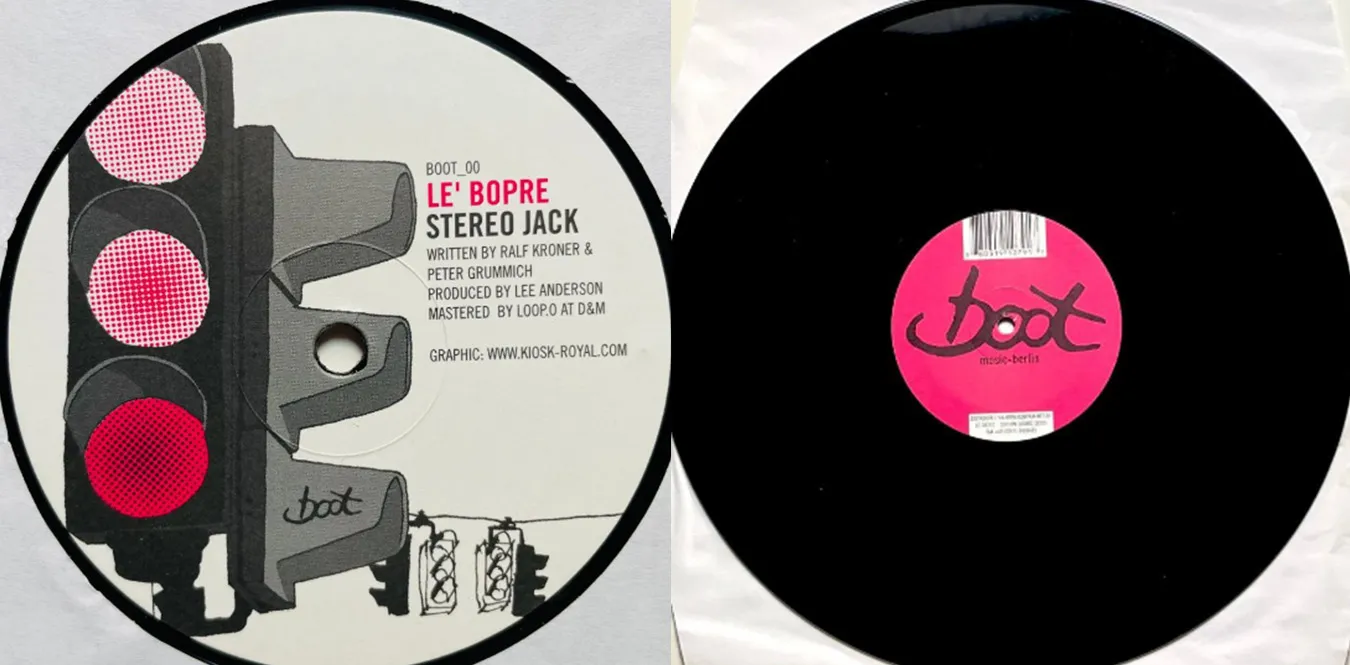
![[Column] Ricardo Villalobos × Luciano — A rhythmic journey where South America and Europe intersect](/../assets/images/column-ricardo-villalobos-luciano.webp)

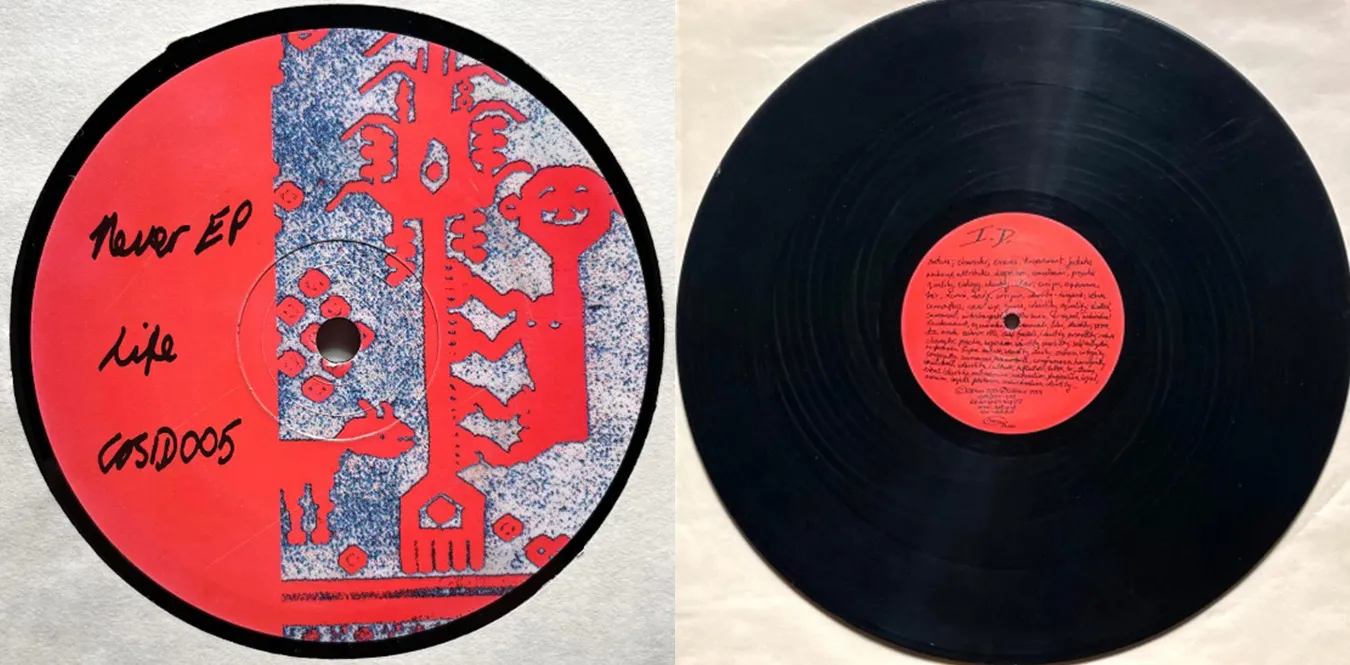
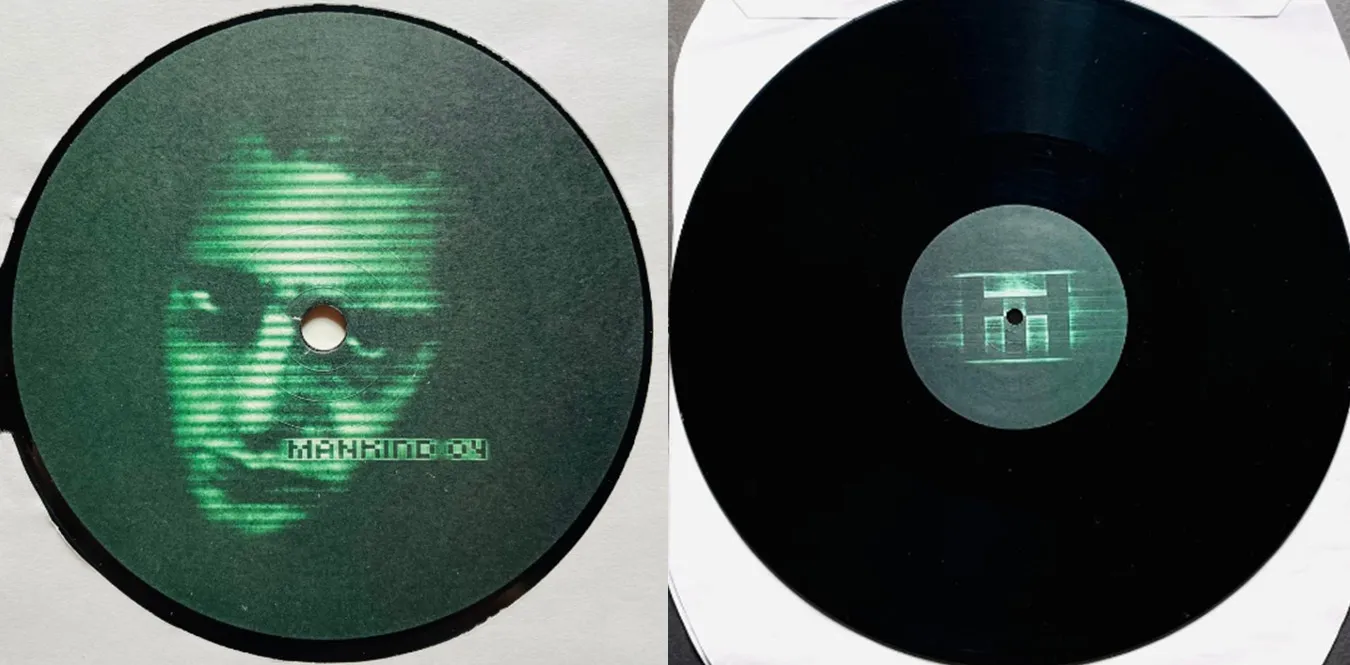
![[Column] Underground Resistance and Detroit's rebellious history: Complete coverage of Afrofuturism, Drexciya myths, and comparisons of world cities](/../assets/images/column-ur.webp)
![[Column] Expanding trajectory of Minimal Music: Aesthetics of repetition and change as seen from Techno, House, and Rock](/../assets/images/column-minimal-music.webp)
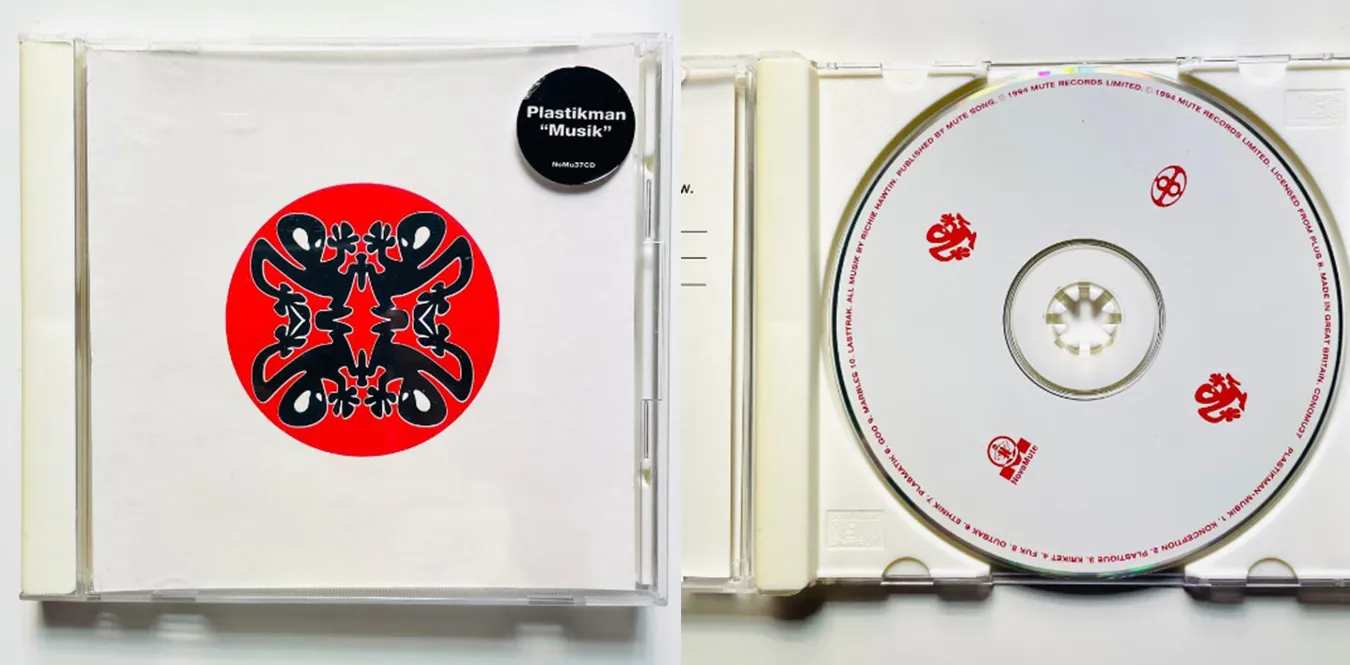
![[Column] Plastikman | Richie Hawtin - The depths of minimalism and the spiritual history of techno](/../assets/images/column-plastikman-richie-hawtin.webp)
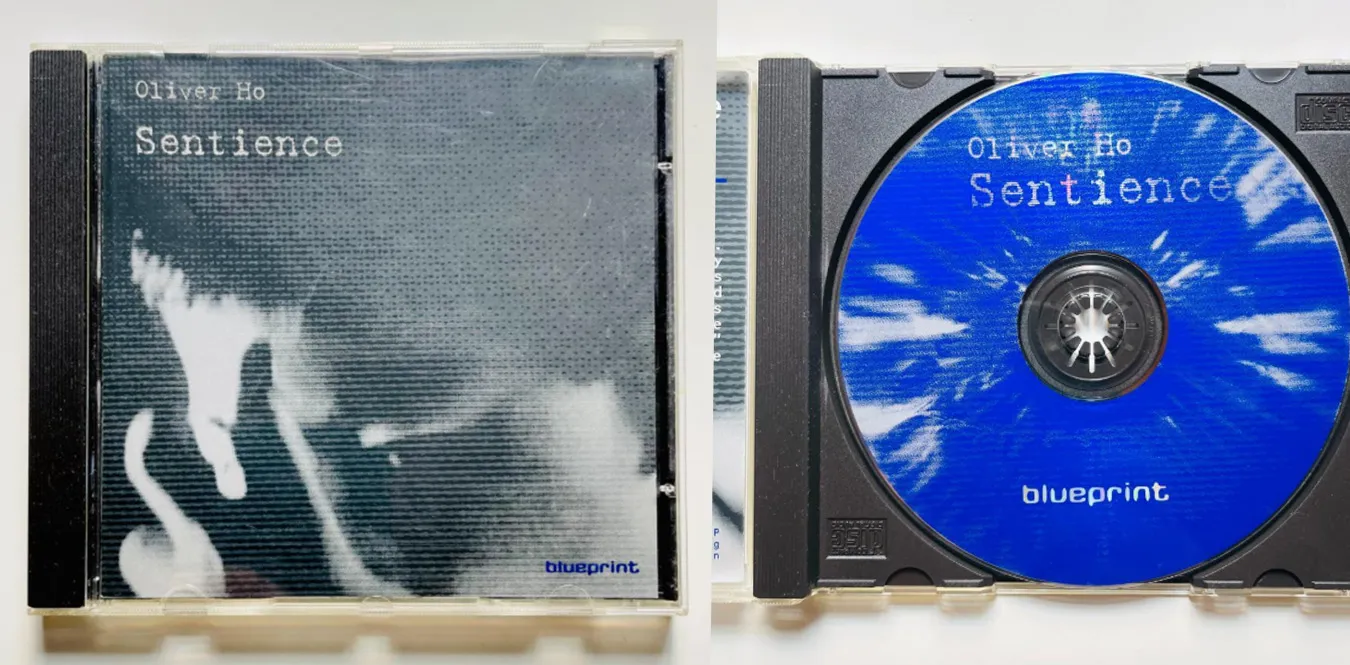
.webp)
